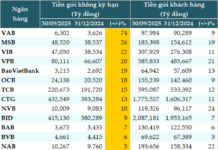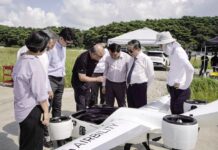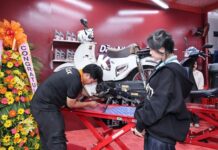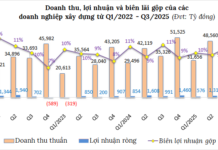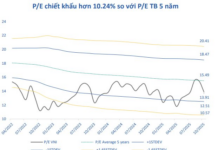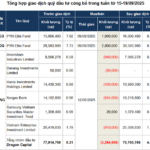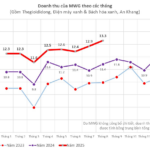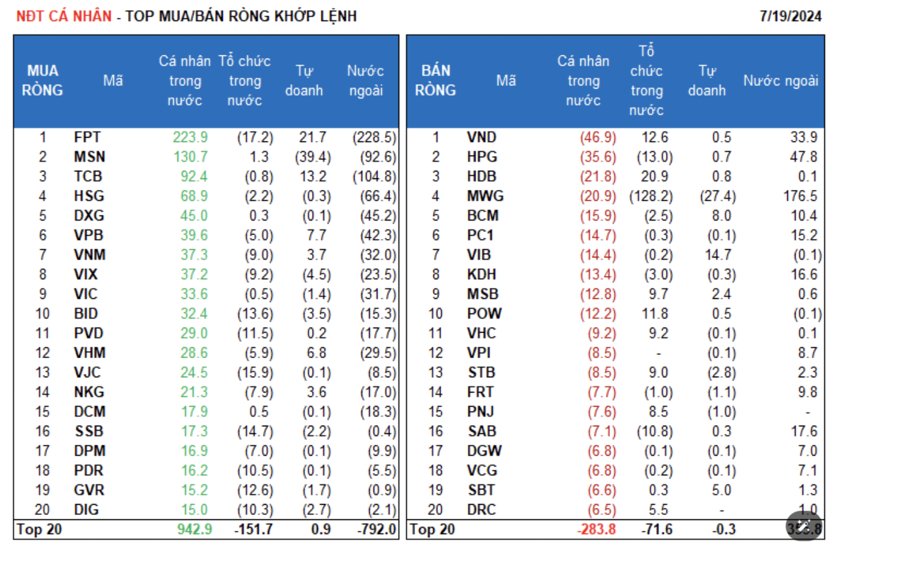According to the latest report, Mobile World Investment Corporation (stock code: MWG) announced that its grocery retail chain, Bach Hoa Xanh (BHX), opened 29 new stores in August—the highest number in the past three months.
Since the beginning of the year, the chain has added 463 stores, with over 50% concentrated in the Central region. These new stores have recorded positive profits at the store level (after deducting all direct operating costs). MWG stated that in the remaining four months, the chain will selectively expand in provinces where Bach Hoa Xanh stores are already present.
Currently, MWG operates a total of 2,233 BHX stores, setting a new record for the chain’s scale. After turning a profit, BHX began cautiously opening new stores from the third quarter of last year before aggressively expanding since the start of this year.

Notably, after optimizing costs during the rainy months, Bach Hoa Xanh returned to revenue growth in July and August, with a 4% monthly improvement.
In the first eight months, BHX recorded nearly VND 30.5 trillion in revenue, a 14% increase year-on-year. This growth was driven by both fresh food and FMCG categories.

At the Q2/2025 Investor Meeting, MWG CEO Vu Dang Linh announced that 2026 will mark a significant milestone as Bach Hoa Xanh officially expands to Northern Vietnam. He also revealed plans to open 1,000 new BHX stores annually starting next year. For 2025, MWG aims to open 400 new stores, but the chain has already exceeded this target in the first eight months. By year-end, BHX plans to inaugurate an additional 200 stores, bringing the total for 2025 to 620.
Looking ahead, the leadership hinted at an IPO for Bach Hoa Xanh in 2028. Mr. Linh stated that BHX will focus on rapid revenue growth to offset accumulated losses, while optimizing operations from production to warehousing, display, and after-sales service. Profit margins are expected to stabilize at 4–5%.
MWG Chairman Nguyen Duc Tai emphasized that to achieve the $10 billion revenue target, BHX must diversify its store models beyond the current 150 m² standard. “BHX will develop flexible formats, including stores selling only dry goods, fresh produce, or mini stores in apartment ground floors. With an average monthly revenue of VND 2.5–3 billion per store, BHX could expand to tens of thousands of stores to reach the $10 billion goal,” Mr. Tai affirmed.
Additionally, BHX plans to strengthen its online segment. “We aim to increase online revenue from 5% to 10% in the near future. The seamless integration of online and offline channels will be a key competitive advantage for BHX,” Mr. Tai shared.
According to a recent report by Bao Viet Securities (BVSC), MWG is projected to achieve a compound annual growth rate of 13% in revenue and 20% in profit during 2026–2030. BHX is rapidly expanding to capture market share in the $60 billion retail market, focusing on three key objectives: (i) strong growth in both online and offline channels; (ii) ensuring product quality; and (iii) improving profit margins. The leadership confirmed that BHX will open an average of 1,000 stores annually and may expand to Northern Vietnam from 2026.
Investment Fund Transactions: Selling Pressure Dominates
By mid-September (15-19/09/2025), newly announced investment funds revealed their trading activities from the beginning of the month. The data indicates a closely contested balance between buying and selling pressures, with a slight tilt towards selling. This dynamic unfolds as the VN-Index fluctuates near its historical peak.
Mobile World Sets New Revenue Peak at 13.3 Trillion VND After Six Consecutive Months of Growth, Witnessing Surprising Developments in Indonesia
EraBlue’s joint venture in Indonesia has seen a remarkable 70% surge in revenue over the past 8 months compared to the same period last year, achieving profitability at the company level.
When Will the 13-Hectare Premier Shopping Mall Near Hanoi Open Its Doors?
This transformative project is poised to attract up to 10 million visitors and shoppers annually, while simultaneously generating steady employment opportunities for approximately 2,500 individuals.







